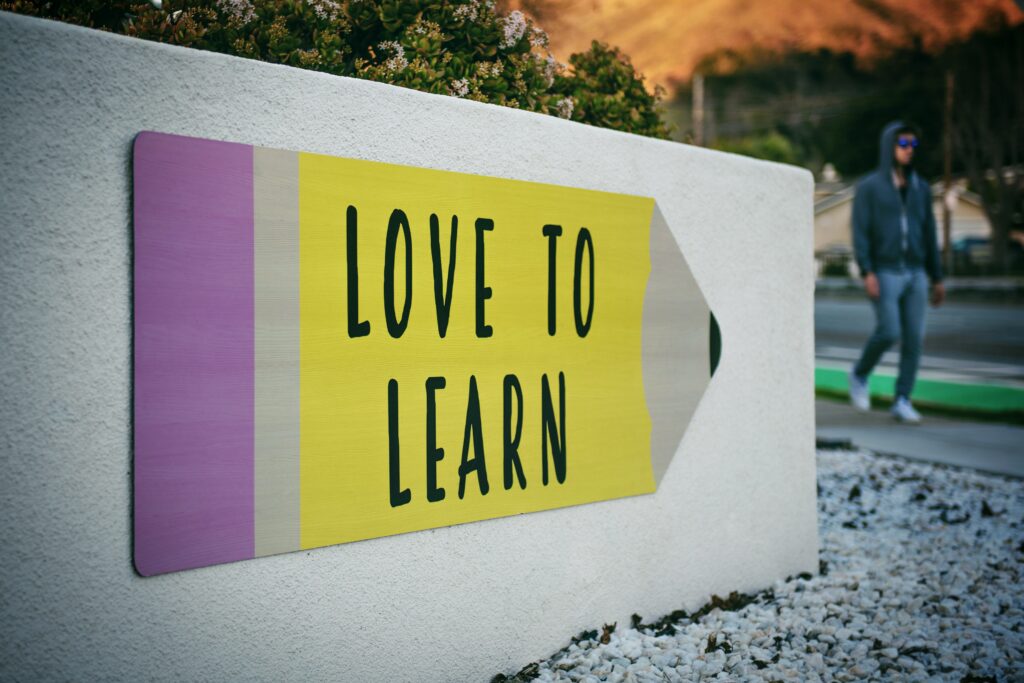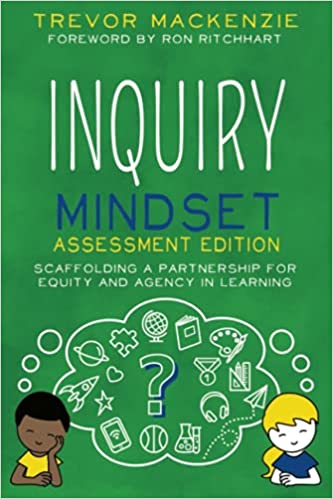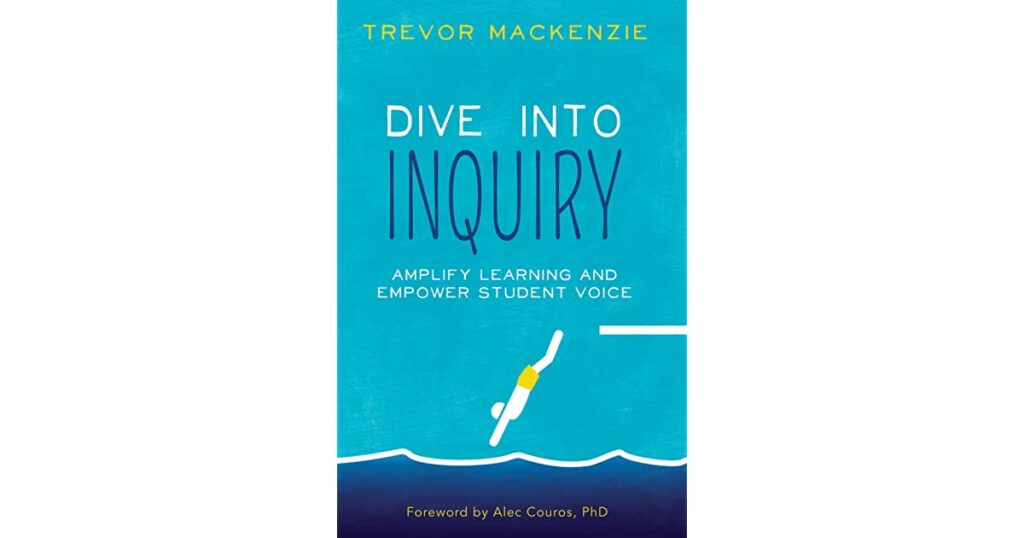- This video is more of an informational video that I would share with our learners to help them build a base understanding of what brain breaks are. The video starts to cover a variety of topics within our learning resource, which will help them when they start to go through the resource. The video does not force them to respond in some way, it is mostly just there for them to listen to and start to take in some of the information.
- The video would be a good thing to take notes from, but it is also not necessary that our learners do that. The video is approximately 2 minutes long, so they are able to just listen to it and think about the topic and information as it is presented to them.
- An activity that our learners could do after watching this video is to have them write down what a brain break is in their own words and the basic science behind it. Both of these topics are covered in the video, so it would help our learners to establish their knowledge and understanding of the topic. This would ensure that learners understood the basics of the topic before they moved on to the next sections.
- This activity would not cause much work for myself or the learners. It is a simple way to get an idea of what they understand, but also so they can reflect and see if they understand it themselves. Without this basic foundation, the rest of the material would not make much sense so this activity is worthwhile. This activity could be scaled for larger numbers and could also be put into something basic like a Google Form, in an attempt to keep all of the responses together and more manageable.
- The video could have been designed to generate more or better activity from viewers or students by creating pauses in the video. By having a pause in the video with a question or a moment that allows viewers to think about the material they just learned, they are able to recognize if they understand it right away or if they need to go back and rewatch that section.
Category: edci335-blog
Our interactive learning resource was designed with a variety of people in mind. We decided to make our resource in a Google Slides format. This was to ensure that people did not necessarily have to be in-person to complete the module. It was designed for teachers who are looking to develop their learning on brain breaks. This was so that teachers can utilize the concept in their own classroom. Since teachers work all day, they are not able to attend sessions either in-person or online during the day. By the end of the day, most teachers are tired and do not want to do a whole seminar on something else related to their job. With this design, teachers can either do it self-paced in the evenings/weekends or during a professional development day. We designed our learning resource with a single parent who is working full-time and has 2 kids in elementary school in mind, as well as a person with a loss of hearing. Similar to teachers, our learning resource is easily accessible for a parent working full-time with 2 kids, as it is self-directed and they are able to work through it as they wish. For a person with a loss of hearing, our resource is all written out on slides and any videos shown in the slideshow have subtitles available.
We have designed this resource to be a self-directed learning experience where professional adults can work at their own pace. Working through the slides and completing the related content does not need to be completed during 9-5 work hours or in a certain amount of time. This flexibility would allow a single parent with young children to complete their learning during a time that would work well with their schedule.
Overall, we tried to make our learning resource as accessible as possible for people of all abilities.
Inquiry-based learning is not a new concept but is definitely one that is growing throughout the world. Inquiry is all about learning something new and is a “learning and teaching method that prioritizes student questions, ideas, and analyses” (Guido, 2017). Inquiry is about investigating an open question or problem and this can be done through case studies, group projects, research projects, fieldwork, or whatever other kind of activity you think would work.
There are 4 types of inquiry:
- Confirmation Inquiry
- The teacher gives the students a question, its answer and the method of reaching this answer.
- The students build investigation and critical-thinking skills and learn how the method works.
- Structured Inquiry
- The teacher gives the students an open question and an investigation method.
- The students use the method to craft an evidence-backed conclusion.
- Guided Inquiry
- The teacher gives the students an open question.
- The student’s design investigation methods to reach a conclusion.
- Open Inquiry
- The teacher gives time and support.
- The students create original questions that they investigate through their own methods and eventually present their results to discuss and expand.
5 characteristics of Inquiry-Based learning/teaching include (UTA Online, 2017):
- Process focus
- The main point of the project is to learn through the process and is not necessarily all about the product.
- Investigation
- Students learn how to investigate a variety of sources to find an answer.
- Group learning
- The students can work in pairs or small groups to find an answer.
- The students will also share their ideas and answers with the class at the end of their project.
- Discussion monitoring
- The teacher’s main role is to help students find answers to their question and also provide input/feedback on their progress throughout the project.
- Real-life application
- The students will think about how this solution can be utilized in their everyday life.
Some notes for teachers about inquiry-based learning (Isik-Ercan, 2020, p. 345):
- Building up to an open inquiry is crucial. By starting with something like a structured inquiry, the students are able to see the process that an inquiry should go through and they will be less overwhelmed than if you just asked them to do it all on their own for the first time.
- Preparing resources to support the students is also crucial. Have worksheets or guides they can use as they go along to help guide their learning and make sure they are finding all of the necessary information.
- Make sure that you are helping to guide the students with their inquiry to help sustain the quality of it.
This is a video that summarizes what inquiry-based learning is:
Another great resource that I encourage you to check out is Inquiry Mindset by Trevor MacKenzie and Rebecca Bathurst-Hunt (2018). In this book, they talk about how we can ensure all of our students experience a meaningful school experience. You will learn how to “empower your learners, increase engagement, and accelerate achievement. Harness the wonderings and curiosities of your students and leverage them into powerful learning opportunities. Adopt an inquiry approach that results in the most authentic and inspiring learning you’ve ever experienced” (MacKenzie & Bathurst-Hunt, 2018). They include a plethora of diagrams to help you visualize what he is explaining, which you can also use to show your students throughout the process. Trevor MacKenzie has also written Dive Into Inquiry (2016) and Inquiry Mindset: Assessment Edition (2021), which are both worth reading as well.
How Inquiry-Based Learning does not align with our chosen topic of brain breaks
Inquiry-based learning is about what is done during the learning process. Brain breaks are what is done to take a break from the learning process, in order to allow our brains to reset and get ready to focus on the task at hand again. Even though inquiry-based learning is supposed to be more engaging and easier for the students to find motivation in, that does not mean they will not need a break throughout the project. Brain breaks can be incorporated throughout the project, but are not necessarily aligned with inquiry-based learning specifically.
How Inquiry-Based Learning does or does not have a place within our learning resource
Does:
Inquiry-based learning is all about researching what you would like to learn more about. Within our learning resource, we are going to give the learners time to do their own research, as well as use the resources we have given them. They may have time to research a certain part of the topic and create their own conclusions in doing so.
Does not:
Within this project, the learners will only have approximately one to two hours to go through the resource. This does not allow enough time to complete a full inquiry, as they can take days or even months. Our learners will be encouraged to continue their learning and to continue asking questions and finding answers, but we will only be able to cover so much within our two-hour timeframe.
Overall, inquiry-based learning is a great tool for educators to use and should be used more. Unfortunately, we are not able to fully implement it into our learning resource, but we hope that our learners will still engage in some form of inquiry-based learning on their own.
References:
Guido, M. (2017, January 19). What is inquiry-based learning: 7 benefits & strategies you need to know. Prodigy Education. Retrieved from https://www.prodigygame.com/main-en/blog/inquiry-based-learning-definition-benefits-strategies/
Isik-Ercan, Z. (2020). ‘you have 25 kids playing around!’: Learning to implement inquiry-based science learning in an urban second-grade classroom. International Journal of Science Education, 42(3), 329-349. https://doi.org/10.1080/09500693.2019.1710874
MacKenzie, T., & Bathurst-Hunt, R. (2018). Inquiry mindset: Nurturing the dreams, wonders, and curiosities of our youngest learners. Elevate Books Edu.
Spencer, John (2017, December 5). What is inquiry-based learning? . YouTube. https://youtu.be/QlwkerwaV2E
UTA Online. (2017, September 8). How inquiry-based learning can work in a math classroom. UTA Online. Retrieved from https://academicpartnerships.uta.edu/articles/education/inquiry-based-learning-math-classroom.aspx

Behaviourism, cognitivism, and constructivism are three different learning theories. As a graduate of the Bachelor of Education in Elementary Curriculum program at UVic, I have heard of all three of these types of learning theories. To explain them simply, I am going to use the example of a teacher planning a new unit.
If the teacher was following the behaviourism theory of learning then they might design their lesson to include some of the following:
- Completing weekly quizzes that the teacher provides feedback on
- Having a system where if the students improve on their scores throughout the week they get a prize at the end
- Having students listen to direct instruction from the teacher, then do questions about the information in pairs, and demonstrate their learning to another pair or the teacher to obtain feedback
If the teacher was following the cognitivism theory of learning then they might design their lesson to include some of the following:
- Having whole-class discussions about new information and how it is relevant to their everyday lives or where they may have seen/heard the information before
- Use an inquiry or project-based model where students can learn about things that interest them within a certain topic or complete a project about that topic (they get to choose the mode of presentation and have to make connections to the real world)
- Have students justify their reasoning to a partner or the teacher (after being asked a question have them state their answer and then justify why they think that)
If the teacher was following the constructivism theory of learning then they might design their lesson to include some of the following:
- Use an inquiry or project-based model where students can learn about topics in their own way and the teacher facilitates where their learning is going or provides support and resources
- Have stations where the children are able to learn through play (each station can have a different way to learn… examples include using technology or play blocks or being given a prompt and talking to other students)
- Students do a project and then “state their case” to the teacher about what they learned, why it is important, and how they got to this understanding
Overall, I feel as though throughout my life I have had some teachers that stuck to one learning theory and some teachers use a variety. Overall, I have to say that I think I learned best from the teachers that used a variety of learning theories. This is because they provided multiple means of engagement and also appealed to all learning types in the classroom at that time. In my own teaching practice, I believe that I use a combination of learning theories, as not every student learns the same way nor do they always understand information using the same methods consistently.


